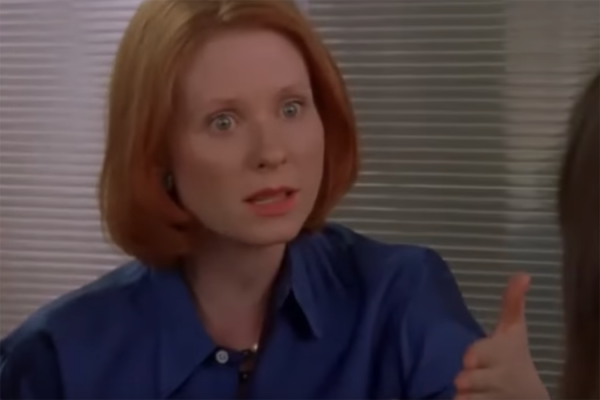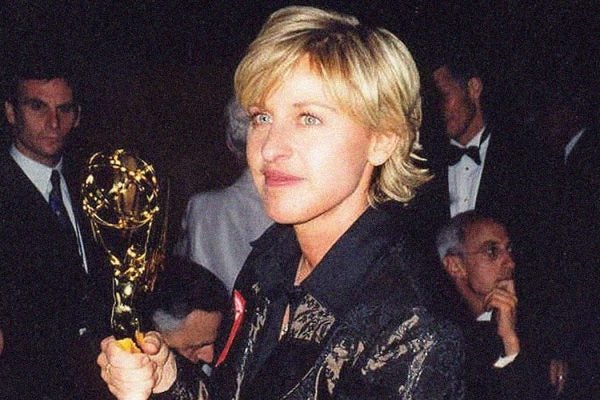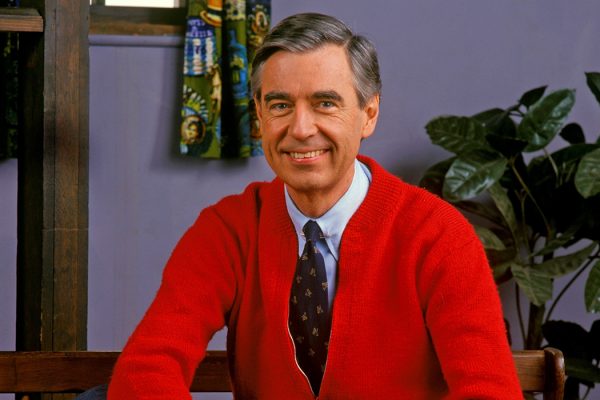A Critical Theory of Binge Watching
We didn't know we loved to binge until Netflix made it irresistible. To understand the new model, we should look back to Theodor Adorno.
Media Representation and Interracial Couples
Recent years have seen increases in both interracial adolescent romances and portrayals of young interracial relationships. What's the connection?
The “Queer Innocence” of the Brady Bunch
The squeaky-clean Brady Bunch family symbolized the avoidance of the sexual revolution, feminism, and other social forces that were coming to the fore.
How TV Transformed the News in 1968
In 1968 violent events at home and aboard were broadcast in color on the television news, creating impacts that may have swayed the presidential election.
The Religious Experience of Antiques Roadshow
What has made this slow, quiet television show about antiques the sleeper hit of PBS? One scholar describes the show as enacting near-religious rituals.
Why Sex and The City is Still in Style
Sex and the City was on television from 1998-2004, and still holds cultural cachet today. But does the actual programming still hold up?
How Ellen DeGeneres Changed TV
In 1997, Ellen DeGeneres publicly came out on her show, Ellen. It was a cultural turning point for many.
Why We Still Love The Twilight Zone
Rod Serling's The Twilight Zone stood out in the "vast wasteland" of television in the early 1960s and still resonates today.
Why Queer Eye Still Matters
Underneath the home and personal makeovers, is "Queer Eye" political?
Long Live Mister Rogers’ Quiet Revolution
Fred Rogers argued by example and in his quiet, firm way that television’s power could be harnessed to shape future generations for good.









